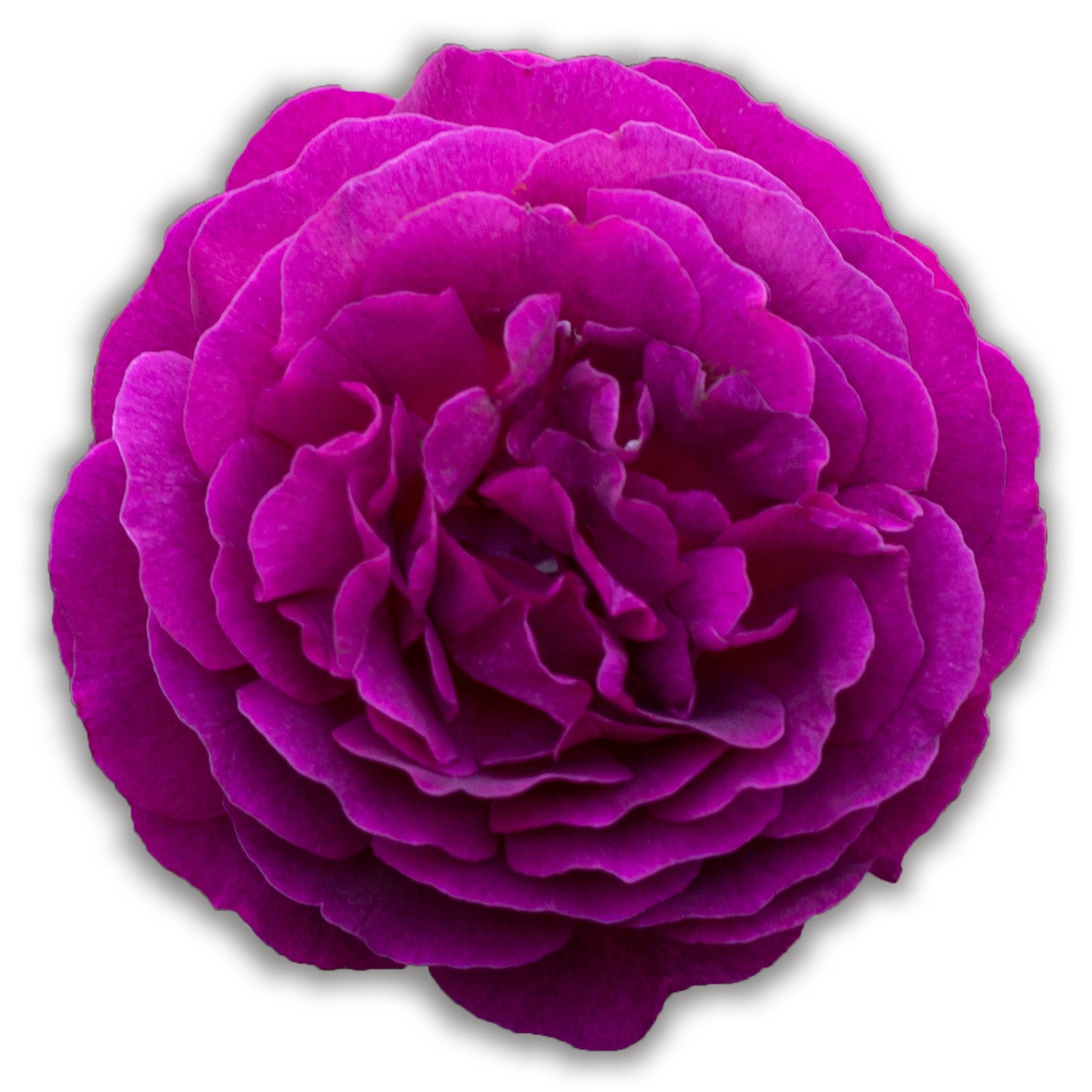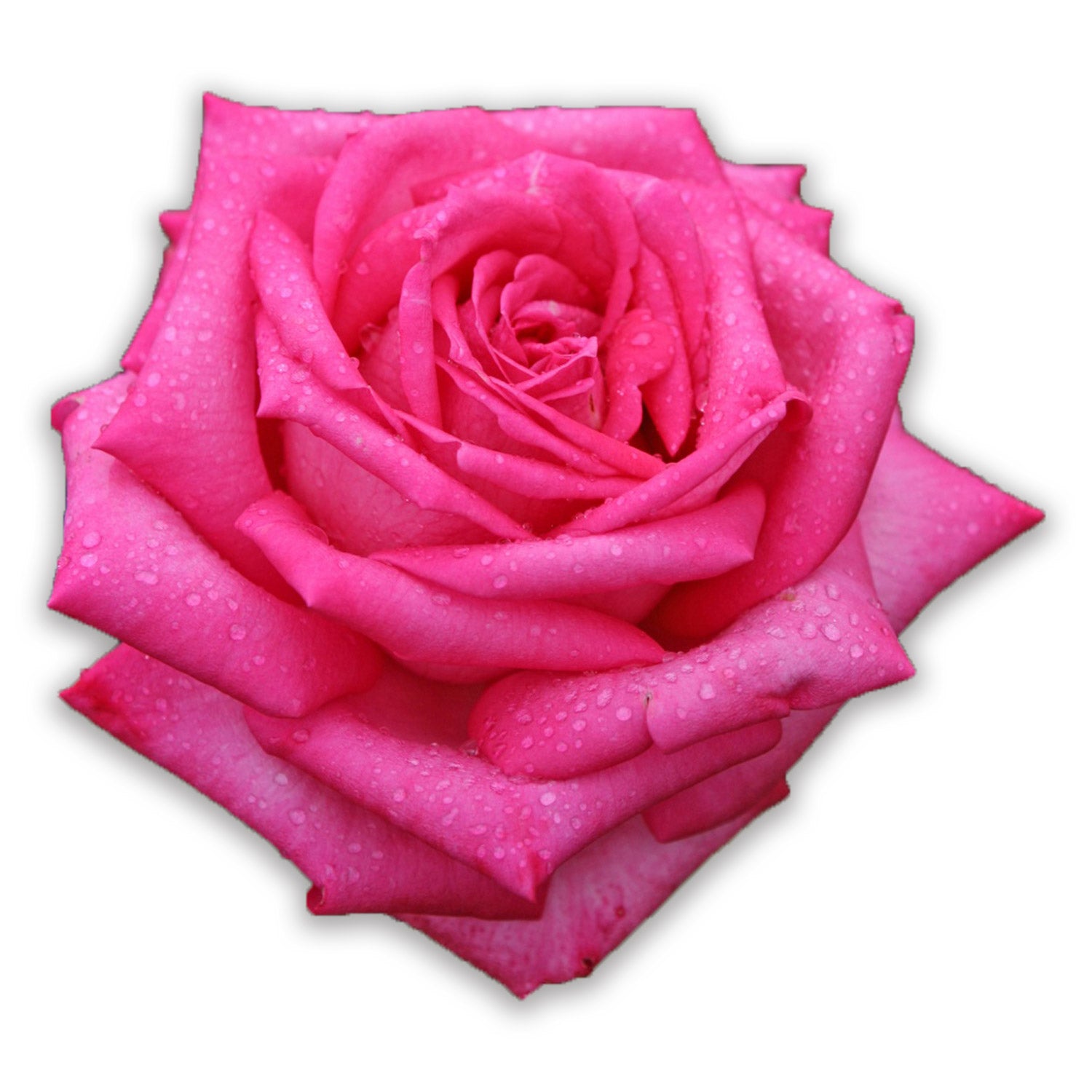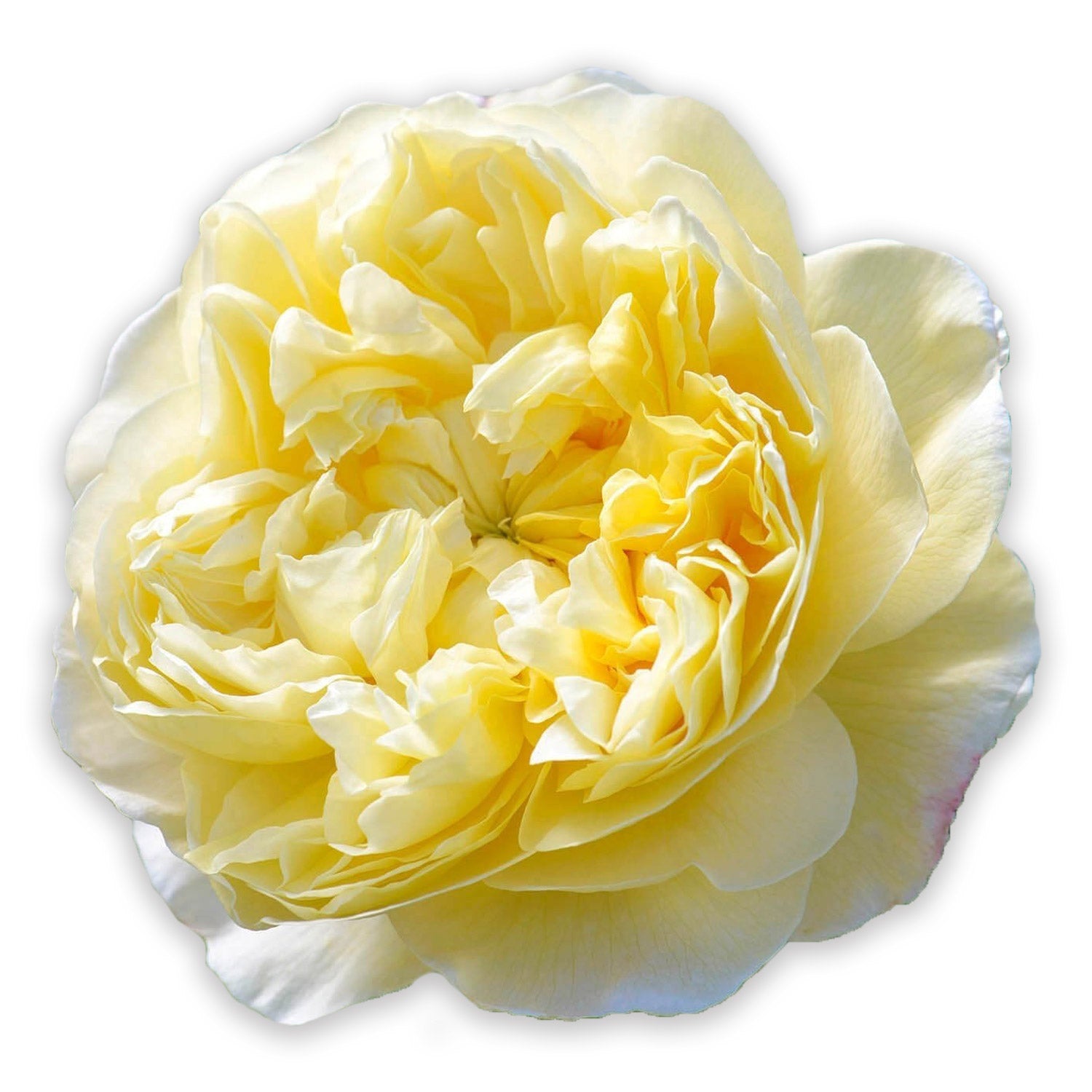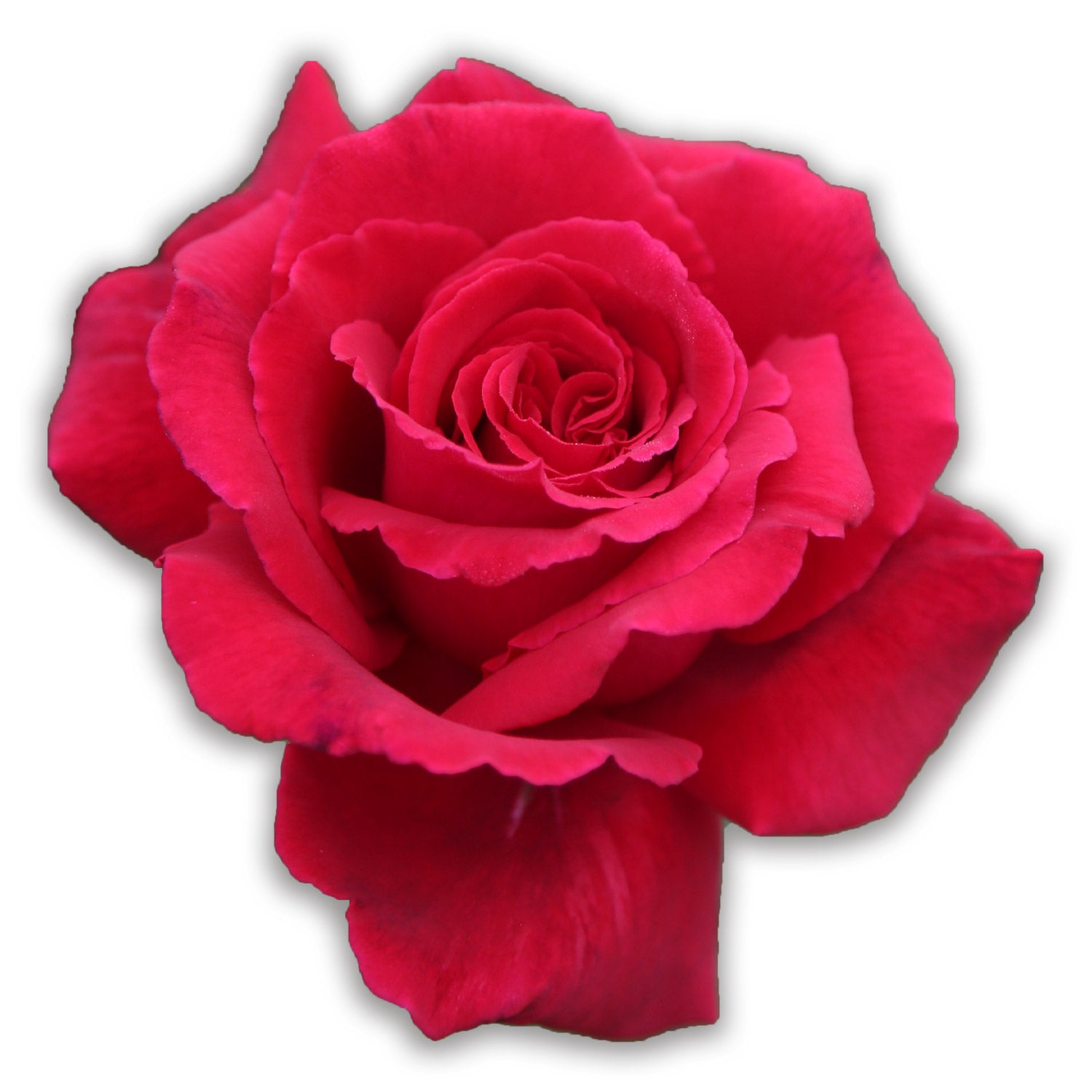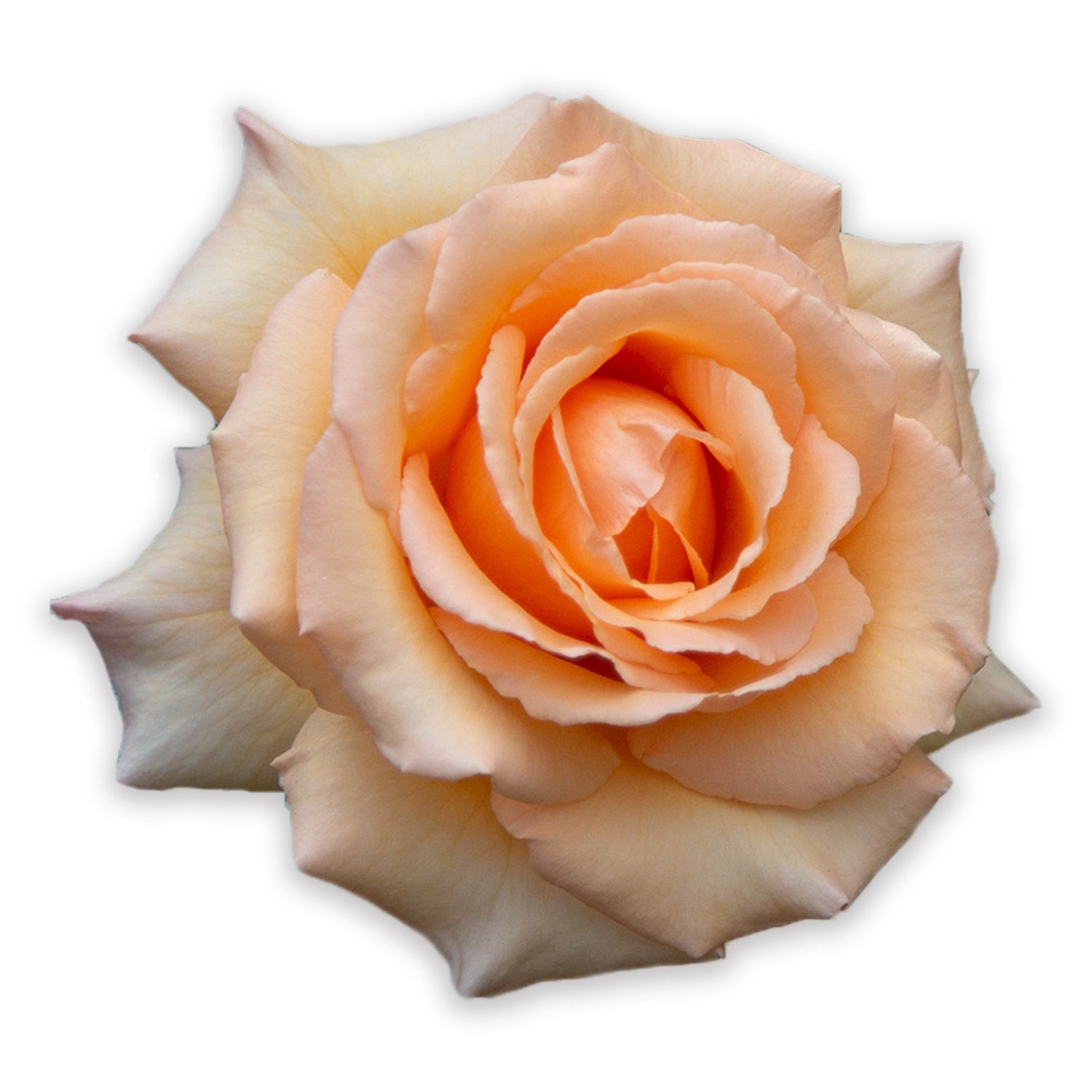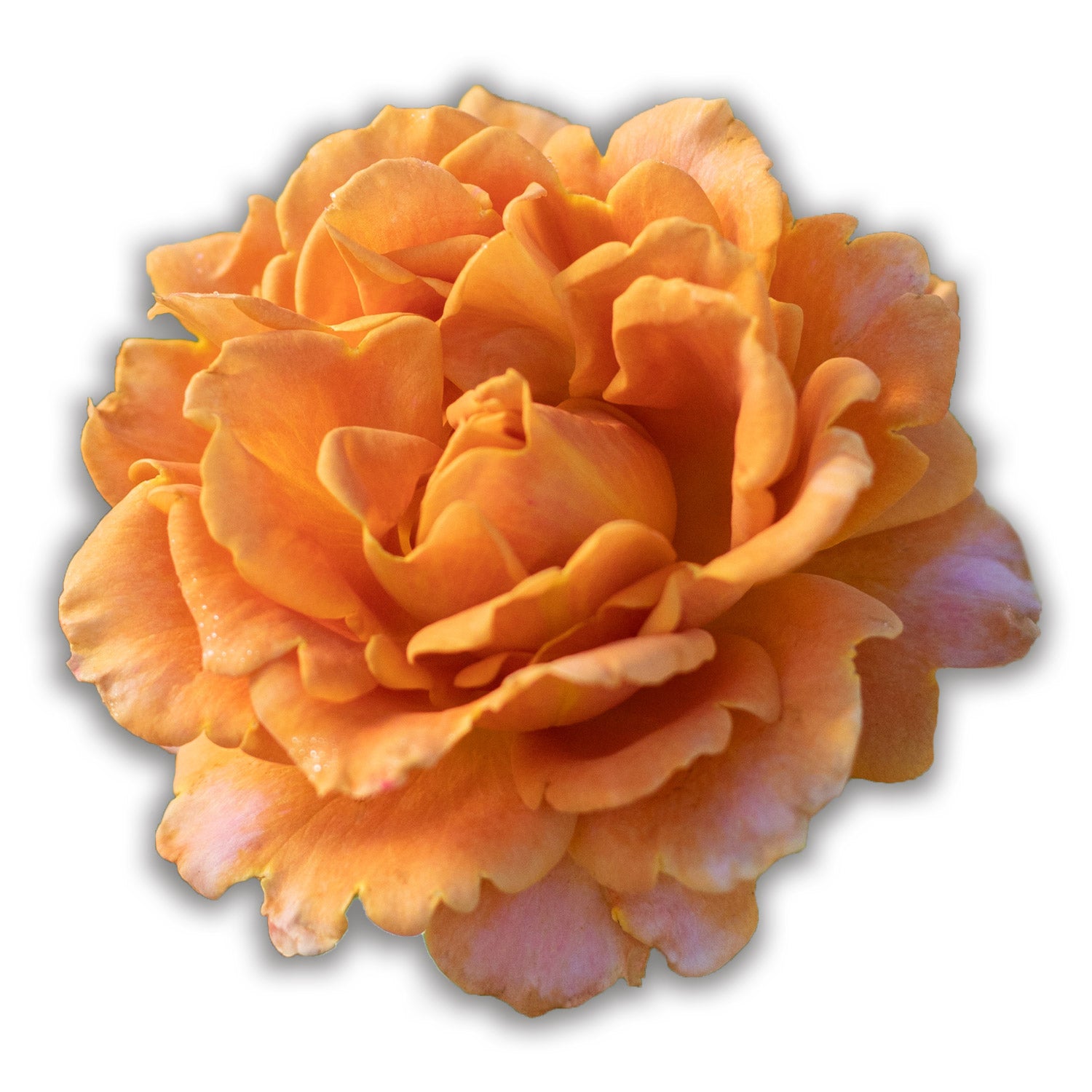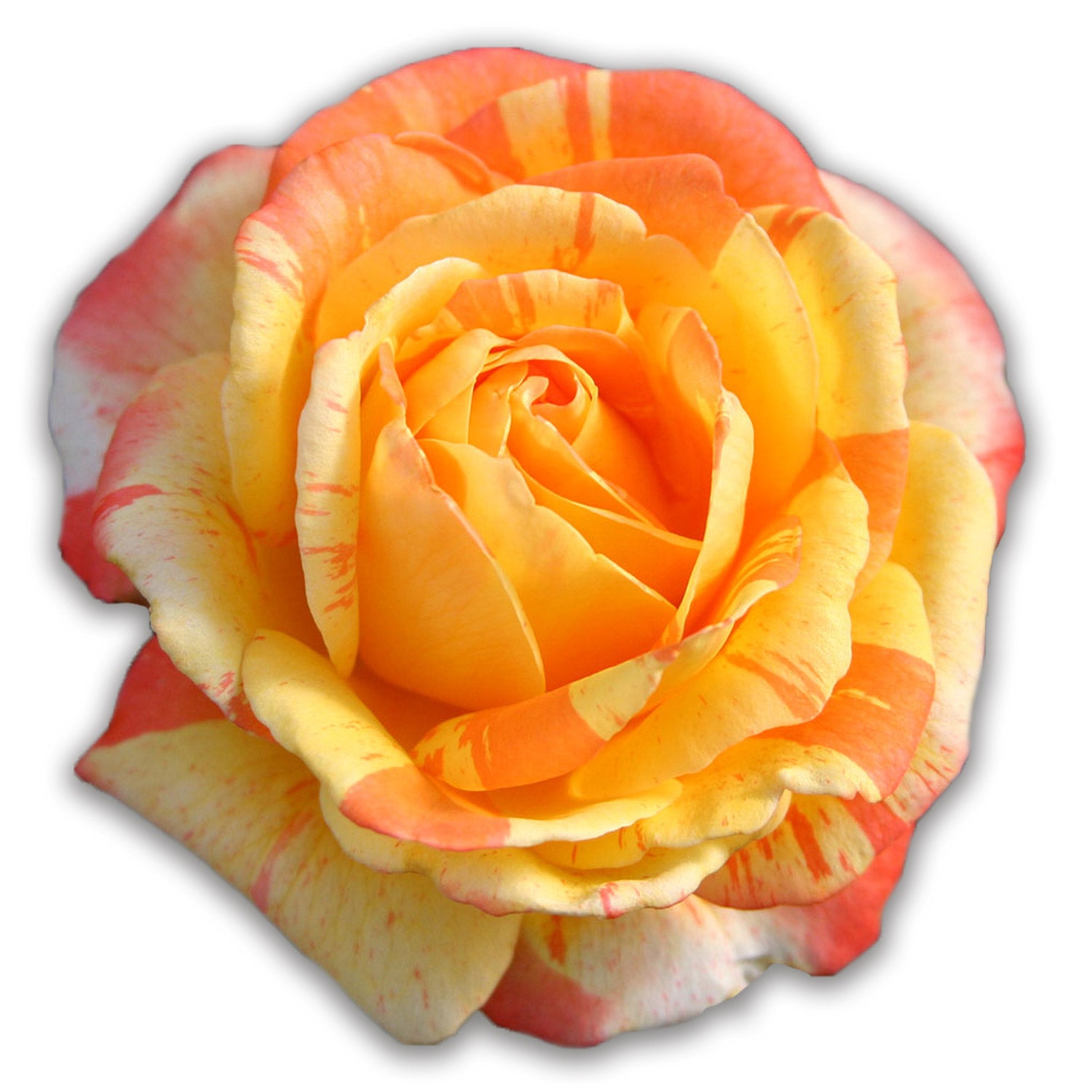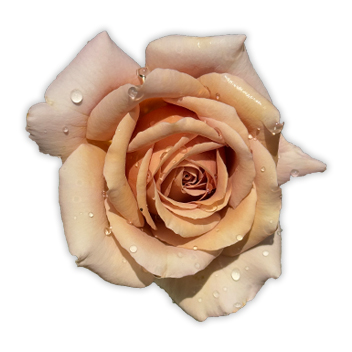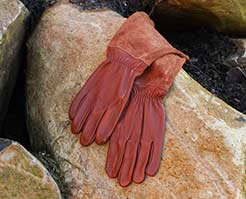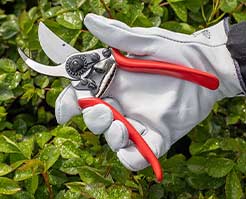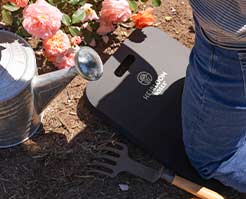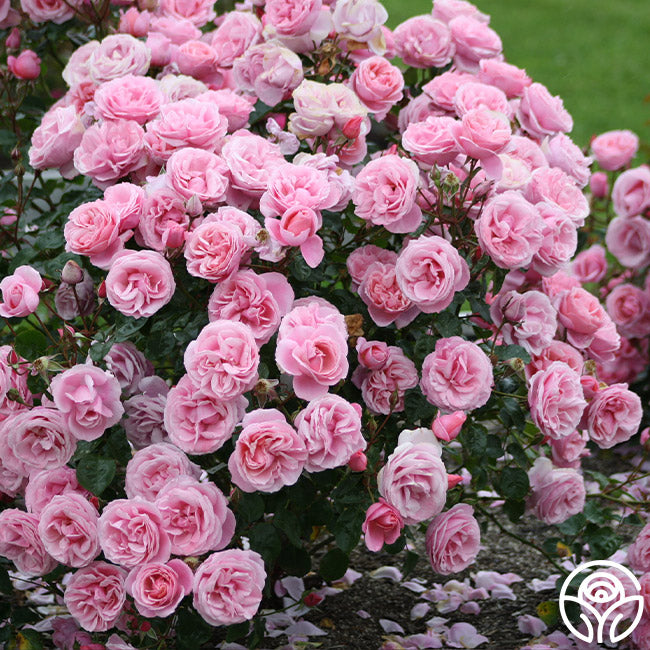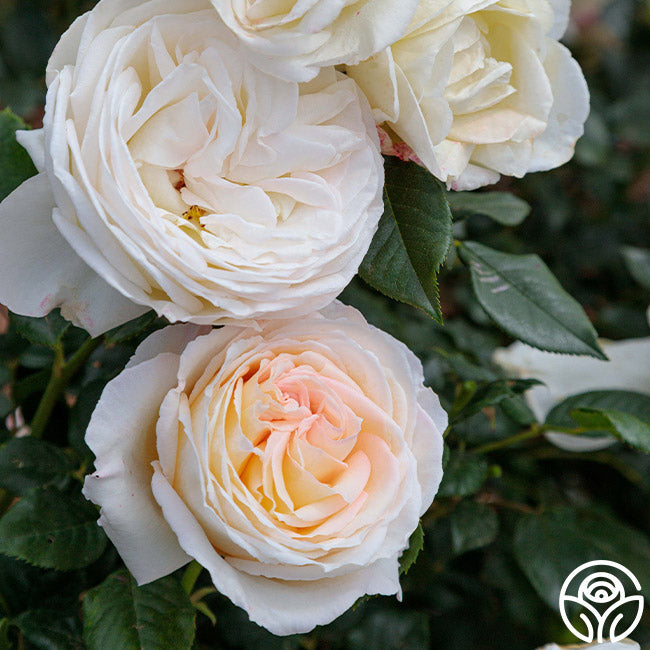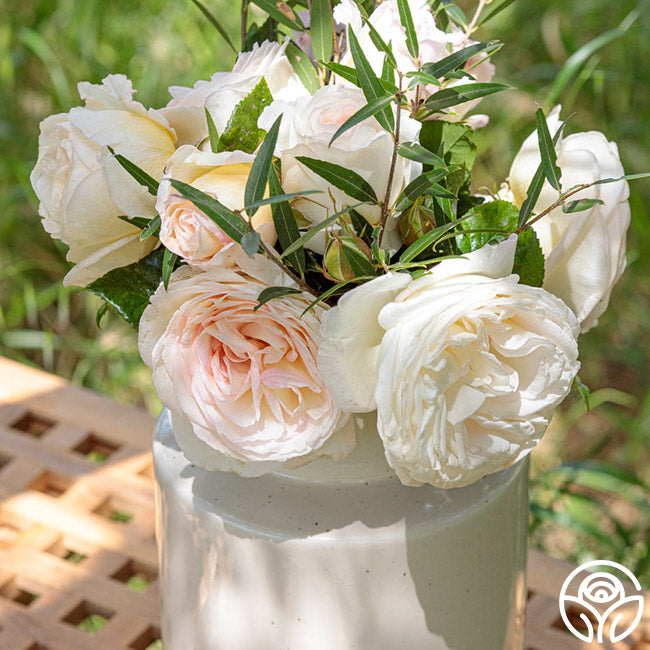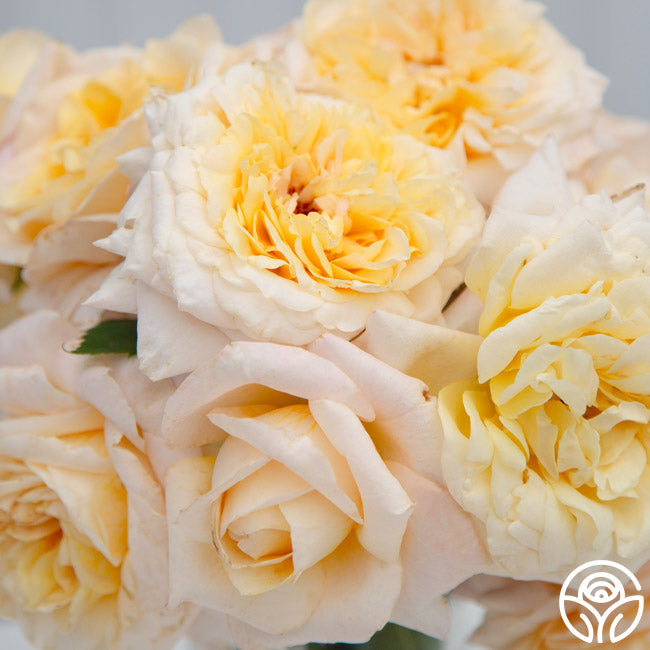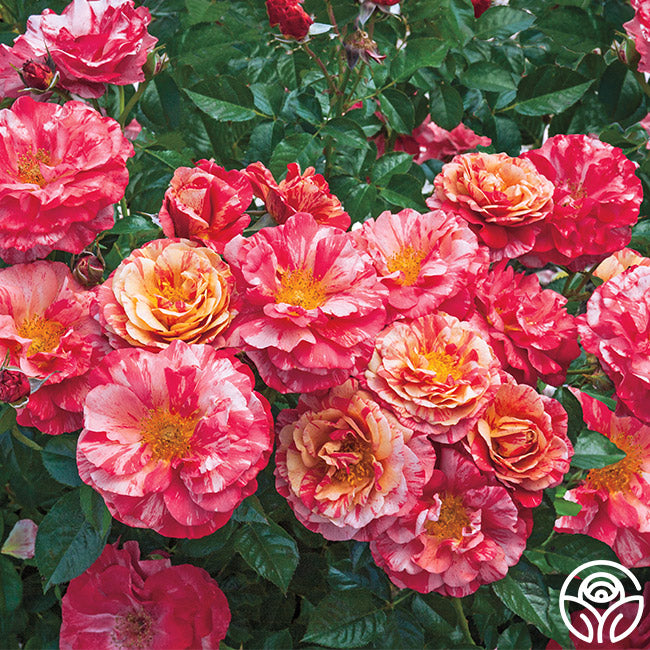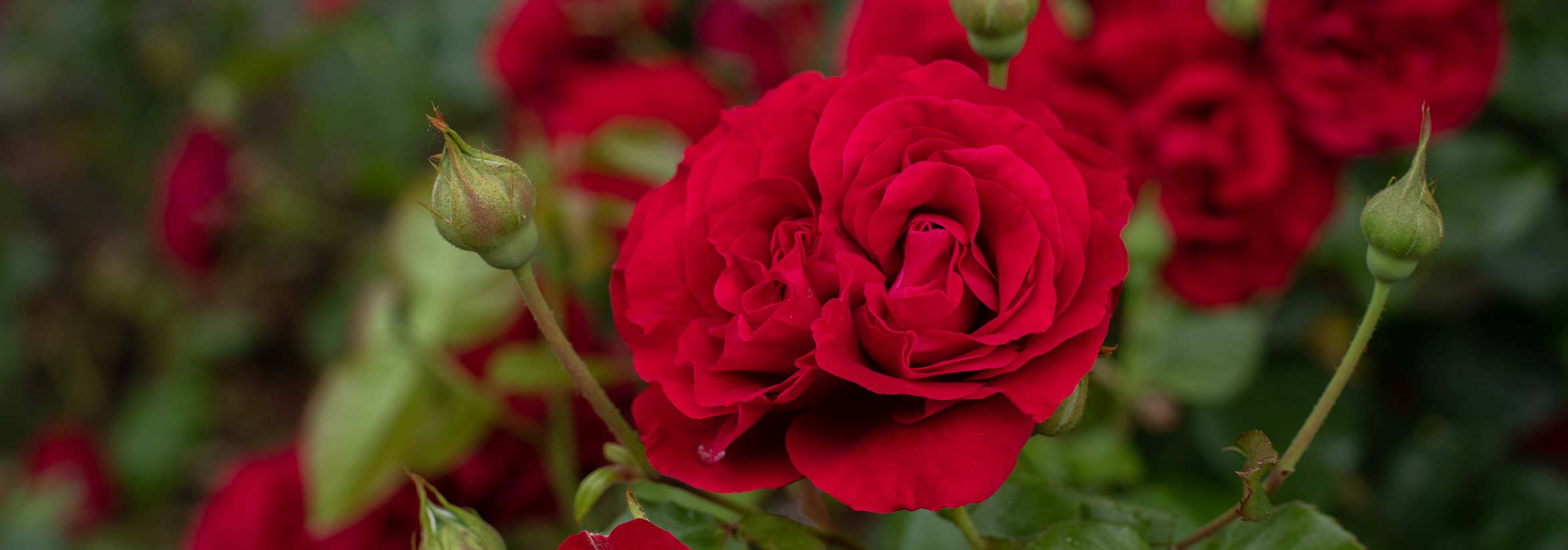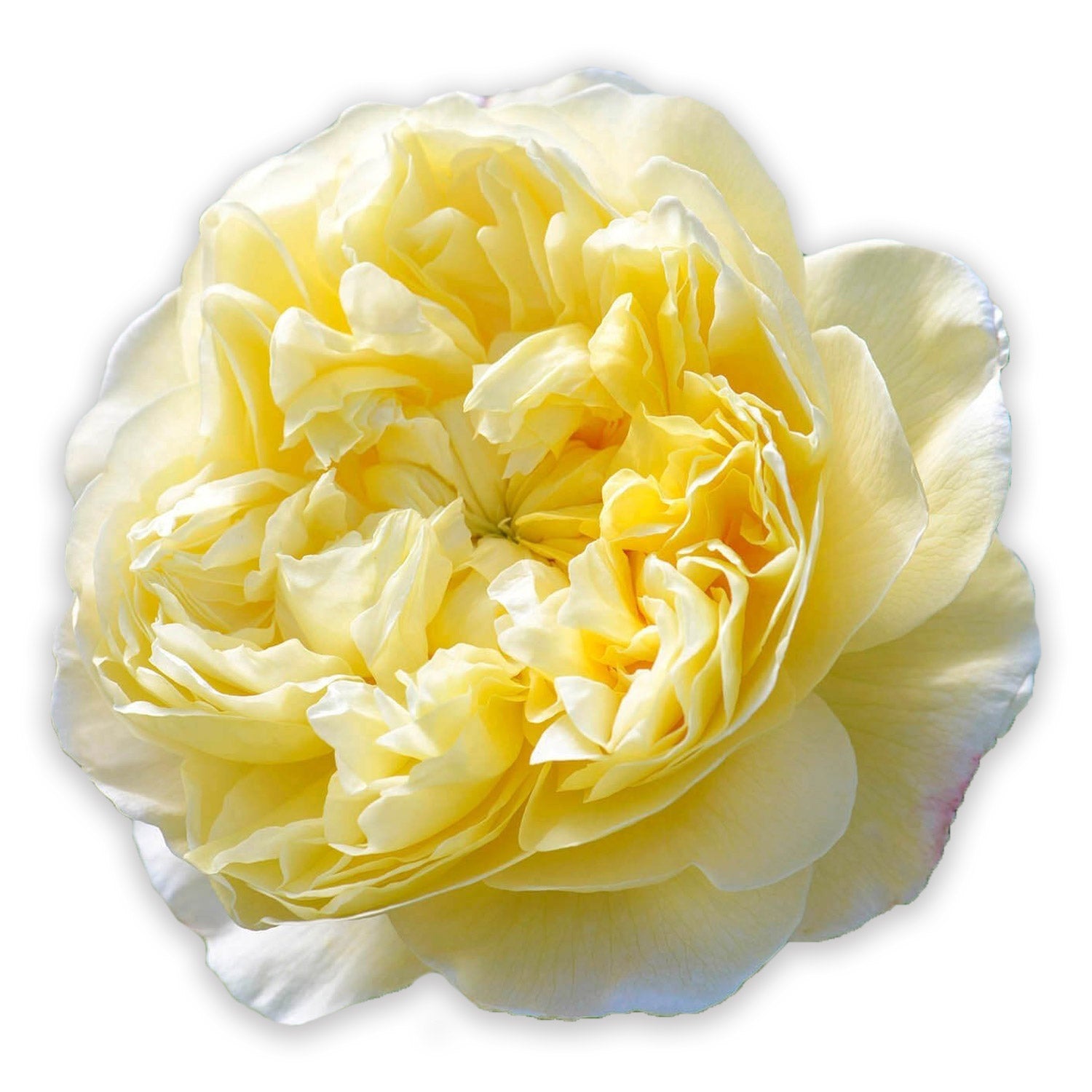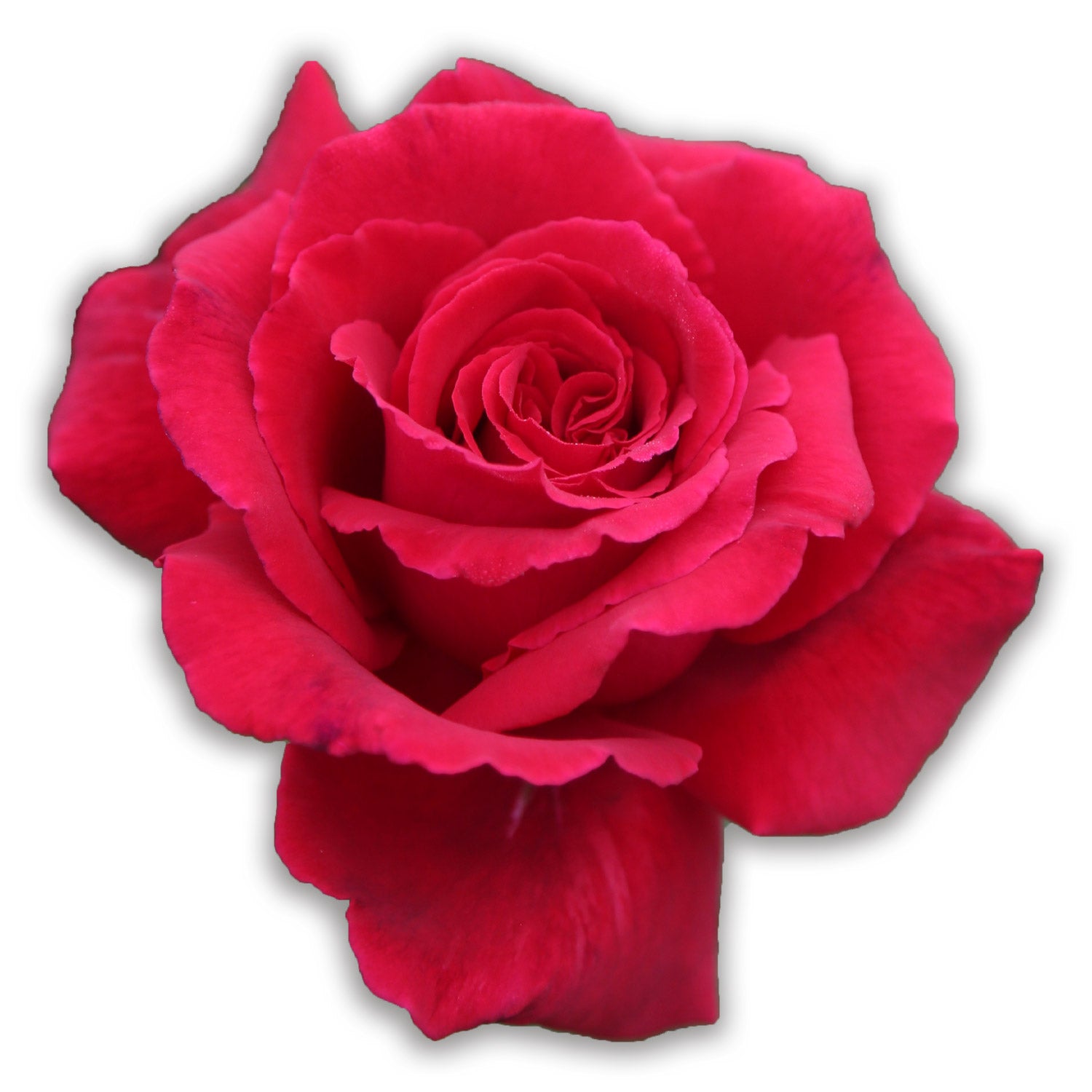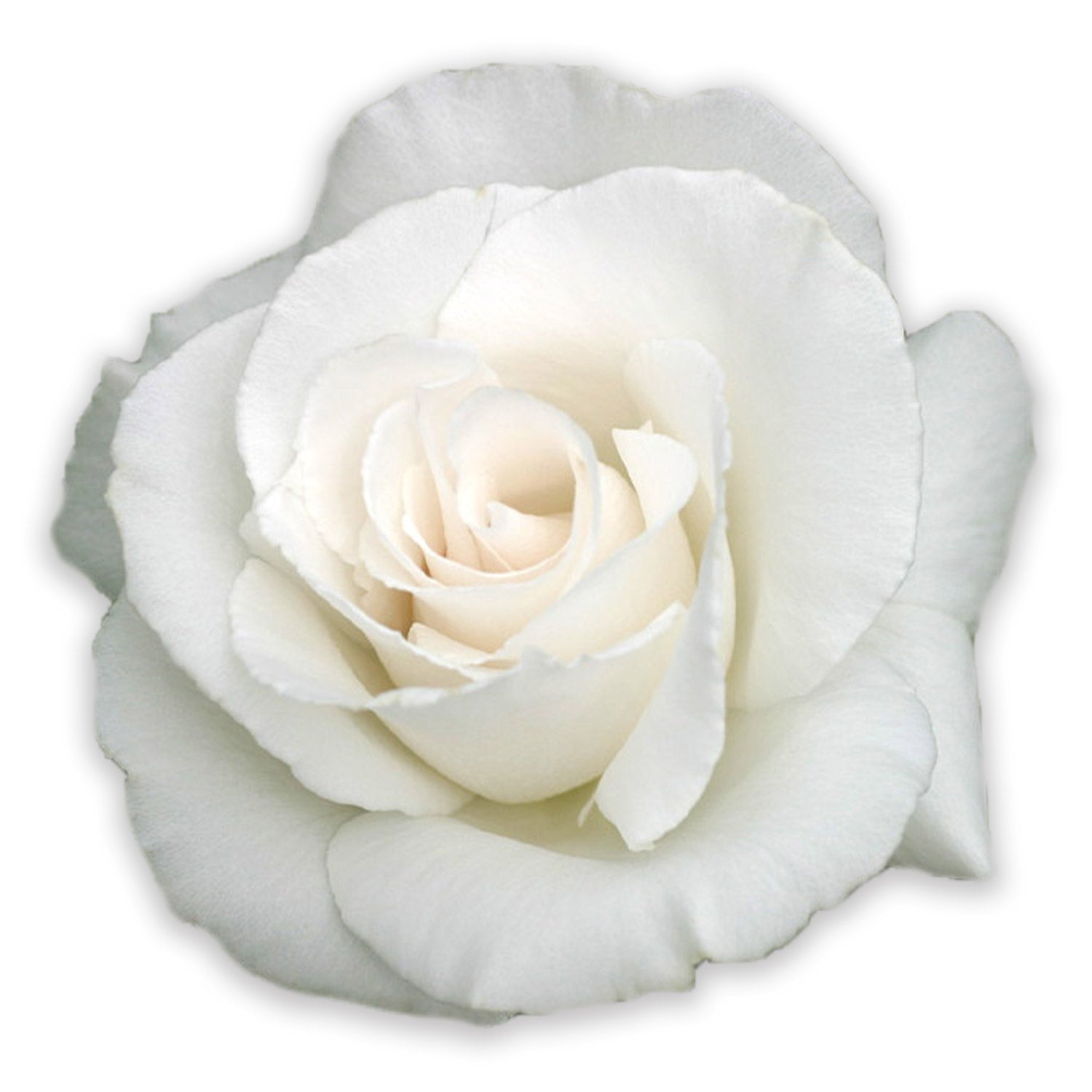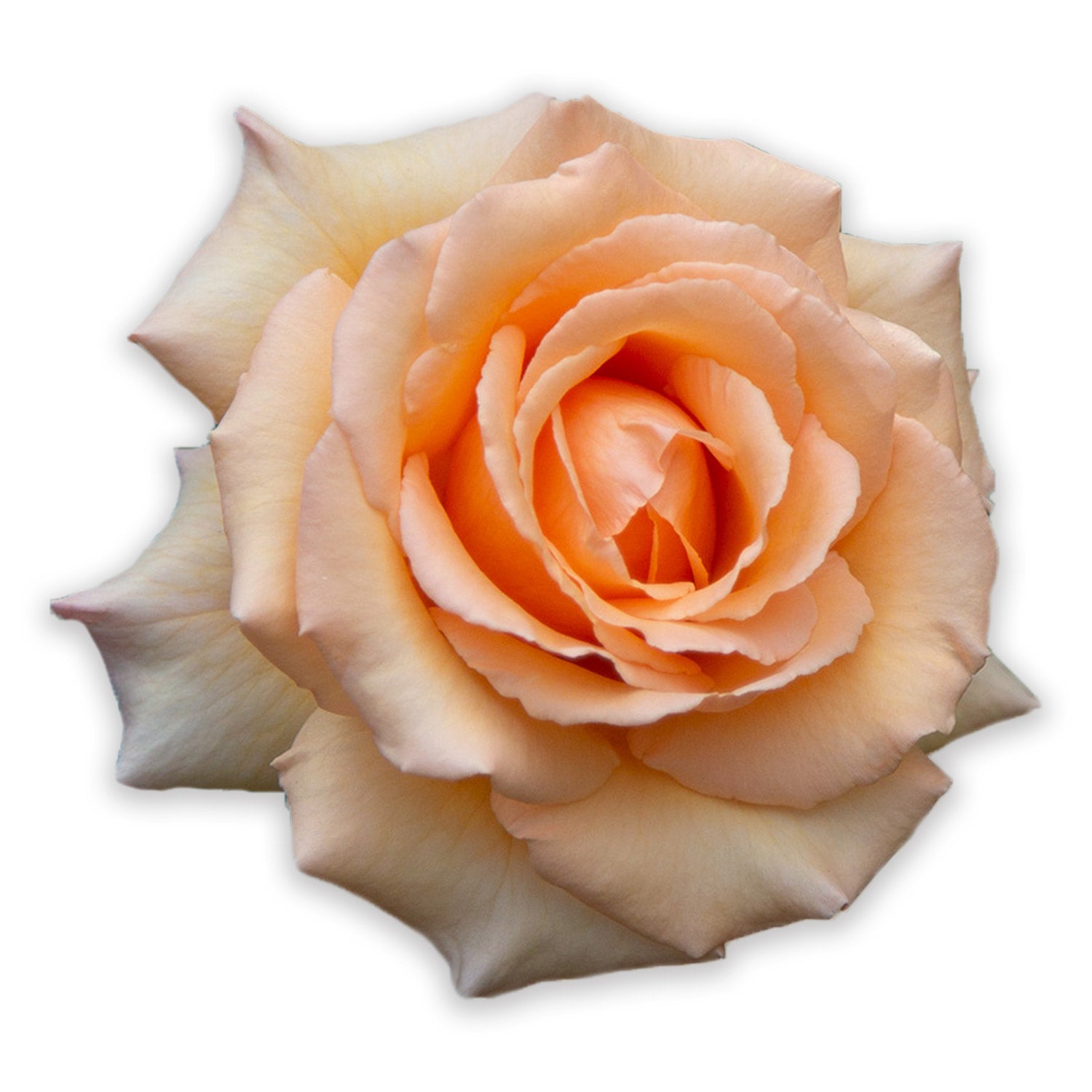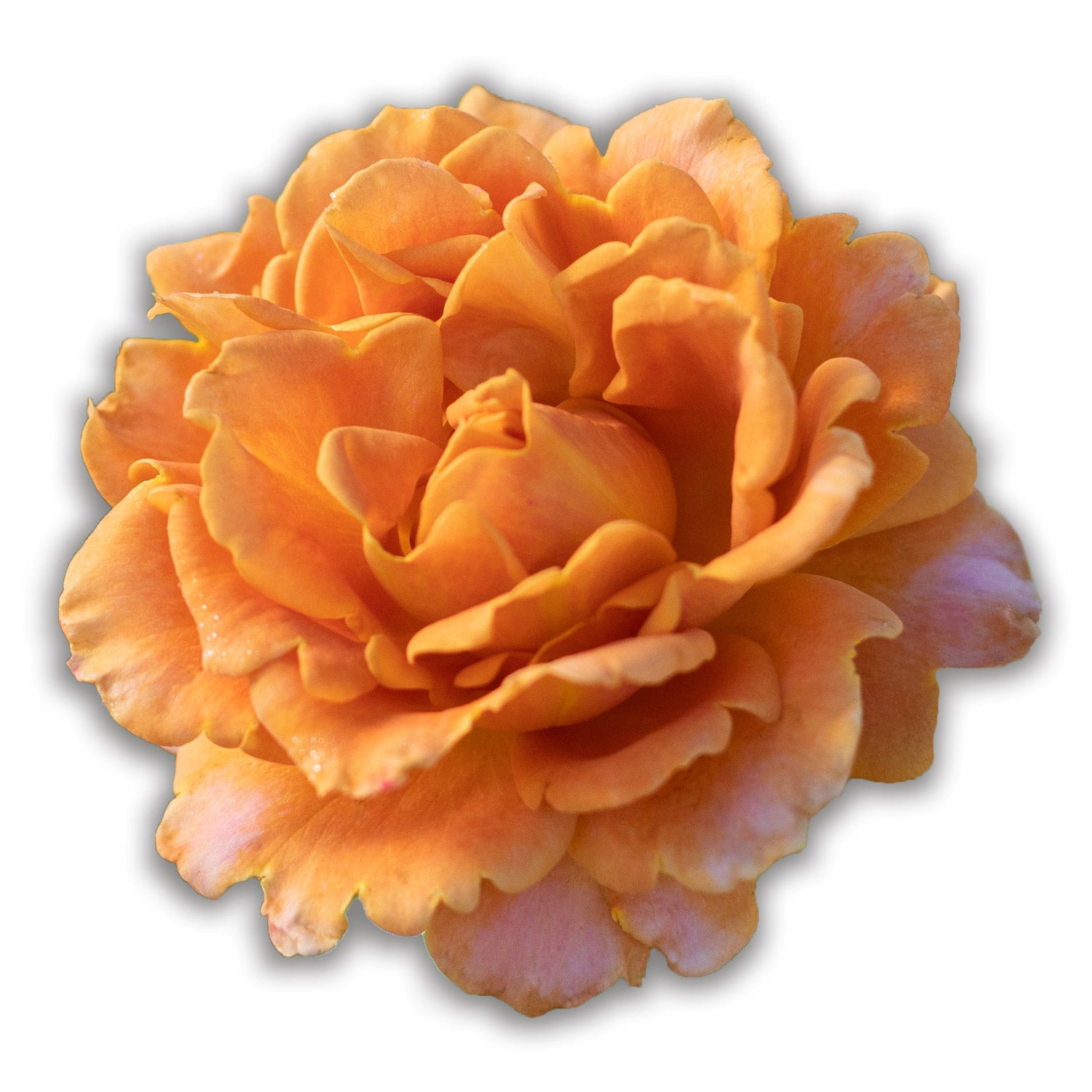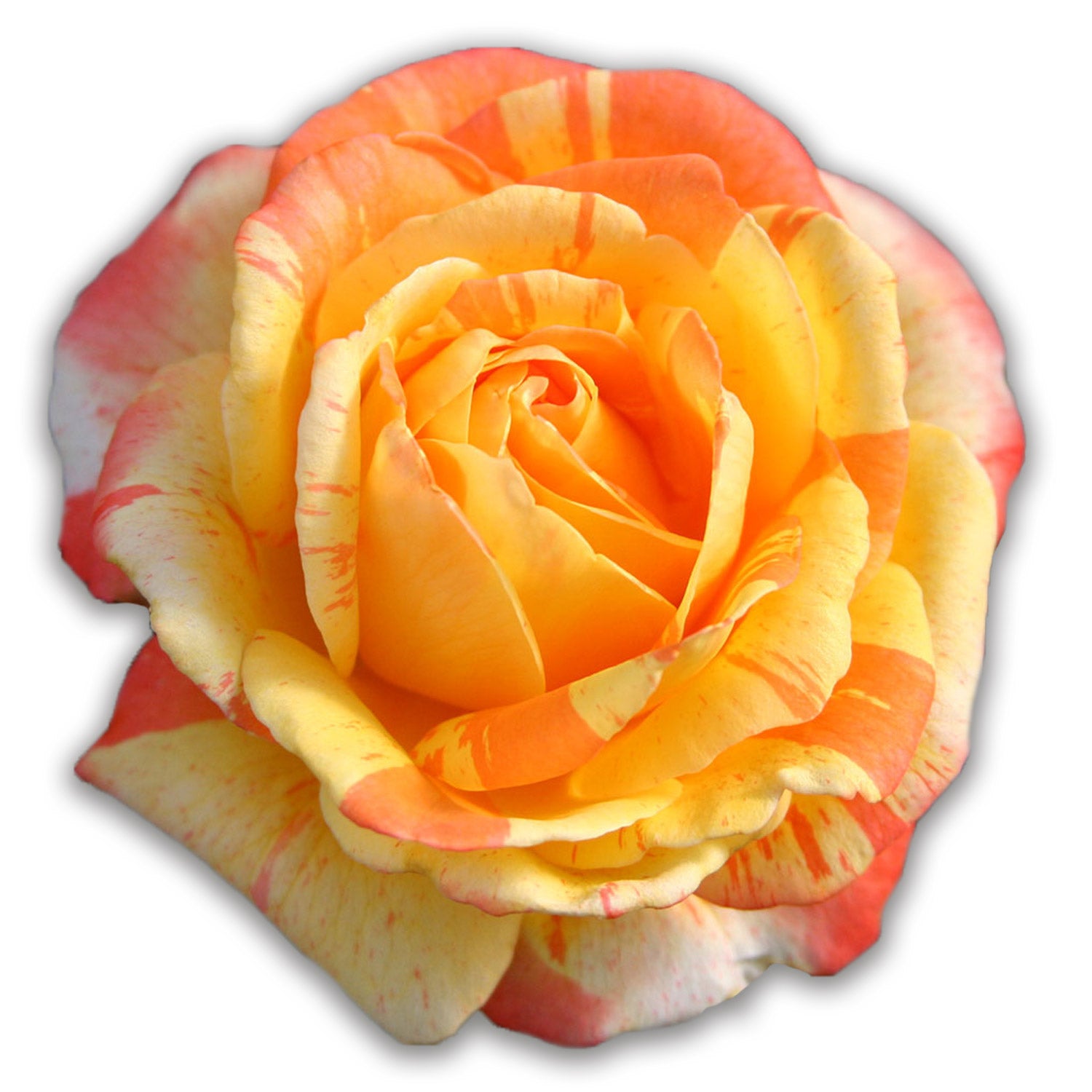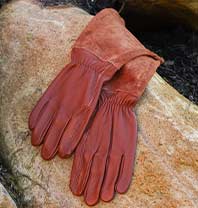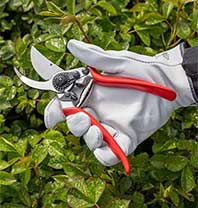Glossary of Rose-Related Terms
Types of Roses
- Alba
- Bourbon
- Centifolia
- China
- Damask
- Floribunda
- Gallica
- Grandiflora
- Groundcover
- Hybrid Perpetual
- Hybrid Tea
- Landscape
- Miniature
- Miniflora
- Moss
- Polyantha
- Portland
Parts and Aspects of Roses
- Anther
- Bare-root
- Basal
- Blind Shoot
- Bud eye
- Budding
- Cane
- Corolla
- Crown
- Filament
- Hip
- Leaflet
- Node
- Peduncle
- Petal
- Pistil
- Rootstock
- Scion
- Sepals
- Stamens
Diseases, Ailments and Issues
- Anthracnose
- Aphids
- BlackSpot
- Blight
- Chlorosis
- Desiccate
- Dieback
- Dissemination
- Epidemic
- Fungicide
- Gall
- Herbicide
- Honeydew
- Infect
- Insecticide
- Lesion
- Mildew
- Miticide
- Mosaic
- Mottle
- Necrosis
- Parasite
- Powdery Mildew
- Recurved
- Ring spot
- Rosette
- Rugose
- Spider Mites
- Virus
General Terms
- Alba
- Elegant, tall, slender, upright bushes producing delicate blooms against a background of gray-green foliage. Albas possess a rich perfume and make good cut flowers. Zones 3-9.
- Anther
- The upper portion of a stamen containing the pollen sacs.
- Anthracnose
- A general term used for a variety of fungal diseases indicated by black, brown, or purple spots or specks appearing on the leaves.
- Aphids
- Small lice that feed on plant parts.
- Bare-root
- Roses that are lifted from the ground when dormant and freed of soil.
- Basal
- The cane that originates from the base of the plant.
- BlackSpot
- The fungus "Diplocarpon rosae" that is brought on by wet, humid weather. The fungus manifests itself by displaying black spots fringed with yellow rings on both sides of the leaves.
- Blight
- A bacterial disease, which results in dark spots on leaves, dying flowers, and oozing branches. Often caused by water standing on the leaves.
- Blind Shoot
- Stems that produce no flower.
- Bourbon
- The roses of Victorian England featuring large, exquisite, full blooms set upon strong vigorous canes. Bourbon roses appear in a variety of colors and possess a heady fragrance with repeat flowering. Zones 5-10.
- Bud eye
- The swelling on the underside of a leaf set where the next cane will come from.
- Budding
- The process of grafting a bud eye from one rose onto rootstock.
- Cane
- The stem of a rose. A cane can be either the main stem, which then becomes the trunk, or lateral stems or branches.
- Centifolia
- Also known as cabbage roses. As the name implies, these roses have a hundred petals and are vigorous plants with large blossoms of exquisite shape and perfume. Zones 4-9.
- China
- These roses, which have shiny, elongated foliage, first appeared in the mid-eighteenth century and played a great part in the history of our modern roses. Most are fragrant and come in a wide range of colors. Zones 7-10.
- Chlorosis
- Yellowing of leaf tissue due to a lack of chlorophyll.
- Corolla
- The second of a series of flower parts growing from the penducle, composed of petals.
- Crown
- The part of a budded plant where the scion and under-stock meet.
- Damask
- Very old roses that were grown in Biblical times and brought to Europe by the Crusaders. They feature a distinct, strong fragrance with blooms in pink or white. Once-blooming and very hardy. Zones 4-9.
- Desiccate
- To dry thoroughly; a state of extreme dehydration.
- Dieback
- Progressive death of shoots, leaves, or roots that begins at the tips.
- Dissemination
- The spread of infectious material from a diseased plant to a healthy plant by wind, water, people, animals, insects, mites, etc.
- Dormant
- Resting in a state of reduced growth or activity.
- Endemic
- Native to one country or geographic region.
- Epidemic
- General and/or serious outbreak of disease.
- Filament
- The stock of the stamen, which supports the anther.
- Floribunda
- A cross between a polyantha and hybrid tea rose. Latin for "many flowering.” Floribunda roses produce blooms in sprays, in the classic hybrid tea-shaped bloom. Zones 6-10.
- Foliar
- Pertaining to leaves.
- Fungicide
- A chemical or physical agent that kills or inhibits the growth of fungi.
- Gall
- Abnormal swelling or outgrowth on a plant as the result of an attack by a fungus, bacteria, insect, mite, or other agent.
- Genus
- A group of related species.
- Gallica
- The oldest of the garden roses, having been grown by the Greeks and Romans. Gallicas are heavy bloomers with wonderful fragrance. Zones 4-9.
- Grafted
- A horticultural technique whereby the 'bud eye” of a desired variety of rose is attached onto another rose that supplies the root system.
- Grandiflora
- Latin for "large-flowered.” These roses are a back-cross between a hybrid tea and floribunda. They are larger than a hybrid tea or floribunda and produce hybrid tea-style flowers of three to five per stem. Zones 5-10.
- Groundcover
- A group of roses that grows wider than tall. Used to cascade down walls, spill from pots, or used as under plantings. Available in a variety of colors, bloom shapes, and petal count. Zones 4-10.
- Herbicide
- A chemical agent that limits the growth of/or kills plants.
- Hip
- The fruit formed on a rose after the pollinated bloom has aged and fallen off. Contains rose seeds.
- Honeydew
- Sweet liquid that comes from leaves in hot weather; a honey-like secretion produced by aphids and other insects.
- Hybrid Perpetual
- These roses emerged in the mid-nineteenth century and eventually superseded the popularity of Bourbon roses in Victorian times. Hybrid Perpetual roses feature high-centered, double blooms, on elegant, stately, upright-growing plants. Zones 5-9.
- Hybrid Tea
- A group of roses that grow between 3- to 6-feet tall and produce large blooms in a variety of colors. They usually flower from early summer until first frost. Zones 5-10.
- Immune
- Not affected by, or exempt from, disease.
- Infect
- To enter and establish a parasitic relationship with a plant.
- Insecticide
- A chemical agent used to control, eliminate, or kill insects.
- Landscape
- Typically a rose that can be planted singly or in groupings for mass appeal; they come in all colors and hardiness. Zones 4-10.
- Leaflet
- One of the parts of a compound leaf; each one looks like a small leaf. Usually it may be simple or compound. Most modern roses have 5 leaflets.
- Lesion
- Abnormal tissue found on or in an organism that usually has been damaged by disease or trauma.
- Mildew
- A plant disease identified by a thin coating of spores and growth on the surface of plants, particularly the leaves.
- Miniature
- A group of roses short in height, with small blooms and leaves. Miniature roses produce a classic bloom form with single, semi-double, or clustered petals. Zones 5-10.
- Miniflora
- A class of roses whose foliage and bloom is smaller than a Floribunda but larger than the typical miniature rose. Zones 5-10.
- Miticide
- Any chemical or physical agent that kills or inhibits the growth of mites.
- Mosaic
- Disease symptoms characterized by a mottling or variegation patterns of dark and light green that form a mosaic pattern on leaves. Also called “lightning strike” pattern.
- Moss
- A class of roses from Centifolia or Damask origin with a distinctive, fragrant, moss-like growth on the sepals. They vary in height from 3 to 6 feet, and are available in many colors. Zones 5-9.
- Mottle
- Disease symptoms shown by light and dark areas in an irregular pattern on leaves.
- Necrosis
- The death of plant cells, usually resulting in tissue turning dark.
- Node
- The place on the stem where leaves are attached, or the point of branching on the stem.
- Noisette
- The first roses bred in America, it descended from Chinese roses. These tall, slender, bushy plants make good climbers. Noisette roses appear in a wide range of colors and have a repeat-blooming habit. Zones 7-10.
- Ovoid
- Egg-shaped.
- Own-root
- Rose grown by a cutting from a stock plant.
- Parasite
- A living organism that is living on or feeding from another living organism.
- Peduncle
- The main stem of a spray or that of an individual flower.
- pH
- A measure of acidity or alkalinity. pH of 7 is neutral; below pH 7 is acidic and above pH 7 is alkaline. Roses do well in pH 6 to pH 6.7. pH is the abbreviation for the potential of hydrogen.
- Petal
- The often-colorful leaves that surround the reproductive parts of the flowers, which are collectively called the corolla. Roses can have from 4 to 100 petals, depending on variety.
- Pistil
- The ovary or female reproductive organ of a flower, which contain embryo seeds.
- Polyantha
- A group of compact roses that have small blooms. Polyantha roses are larger than miniatures; they produce clusters of small flowers throughout the season, making them ideal for the front of beds, pots, or incorporated into the garden. Zones 5-10.
- Portland
- A small group of compact, fragrant, and repeat-blooming roses that became popular in the middle of the last century. Zones 5-10.
- Powdery Mildew
- Grayish-white powdery patches that form on plant tissue. Caused by the fungus, Sphaerothica pannosa var. rosae.
- Propagation
- Reproduction by vegetative means; includes leaf cuttings, division, seeds, or layering.
- Prune
- To remove the stems or branches of a plant, in order to control the size and shape and improve the quality and/or quantity of the flowers. Pruning is also done to remove dead, diseased, or dying branches and faded blooms.
- Recurved
- Describes rose petals that curve inward or backward.
- Resistance
- The ability to suppress or overcome the invasion of a pathogen that would normally cause disease or death to the plant.
- Ring spot
- A virus evidenced by yellowish or necrotic rings with green tissue remaining inside the ring.
- Rootstock
- The portion of the stem and root system onto which a scion or bud eye has been grafted.
- Rosette
- A disease spread by a small mite. Rose rosette is identified by short, bunchy growth habit, and elongated, deformed leaves.
- Rugose
- The wrinkled, coarse, net-like lines on rose leaves. Rugosa roses are a class of roses native to Asia that grow into fragrant, winter-hardy plants
- Scion
- The portion of a stem that is transferred to the rootstock when grafting. This part will produce stems, leaves, and flowers.
- Sepals
- These are the protective coverings of the flower bud that open to reveal the petals. Roses usually have five green sepals.
- Spider Mites
- Tiny arachnids found on the underside of leaves of many plants. They extract fluids that are vital to the plants survival. Infestations are marked by webbing and tiny dots on leaves.
- Stamens
- The pollen producing reproductive organ of the flower, composed of an anther and a filament.
- Virus
- A disease found mostly in roses caused by Prunus necrotic ringspot virus. In spring, symptoms appear on the leaves as irregular coloration, yellow zigzag patterns, splotching, or vein clearing. The virus can also distort foliage, flowers, or growing tips. Infected plants are usually slower to develop in the spring and produce fewer good-quality blooms.




